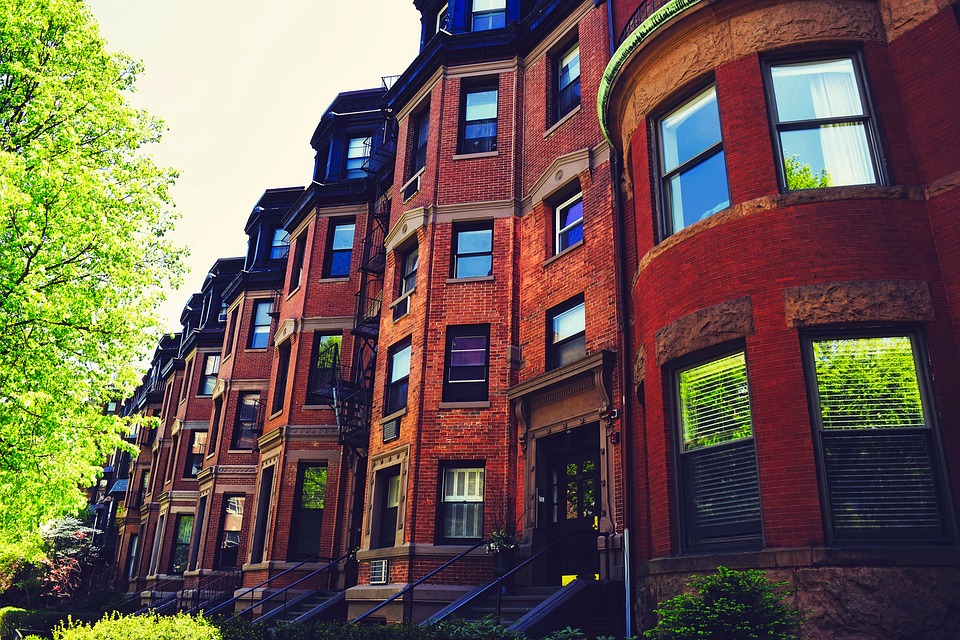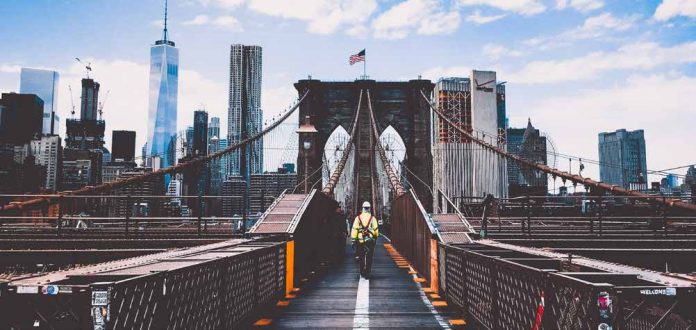Brooklyn’s 43,264 mass exodus
An Investigative Report
By Michael Derek Roberts
New York City and state is hemorrhaging people in record numbers. People are fleeing the city for other states in droves as living here becomes difficult for thousands of working class families. The numbers tell a chilling story of failed and broken dreams, crippling and endemic poverty, and lack of real opportunities, especially for millennials – people between the ages of 18 and 34 – arguably the most productive citizens of the city.
About 190,000 New Yorkers left for other states by December 2017, bringing the total out-migration to a staggering 1 million exodus of people since 2010 — the most of any state in the nation, U.S. Census data shows. However, overall New York gained 13,113 new residents between July 2016 and July 2017, the Census Bureau said. That was because births outnumbered deaths by 73,090, while at the same time the number of people leaving outpaced an influx of about 130,400 immigrants.

This out-migration in New York persists said Haiti-born Caribbean community activist Mercedes Narcisse “right now in 2018.” She added that there are a number of factors responsible for this worrying trend.
She listed among them: exceptionally high rents, still nagging unemployment, low wages, high inflation and cost of living, unusually harsh winters and chronic indebtedness.
“Working families are struggling to keep their heads above water – every single day. Even with combined family incomes they are still spending over 50% on rents and the situation just gets worst.
Today, literally for millions of people, especially Brooklynites, they’re trapped in New York City because they can’t afford to live here and can’t afford to leave here. That’s a really serious and tragic social situation,” Ms. Narcisse said.
Dr. Kendall Stewart, a former New York City Council member and a Brooklyn property owner agrees. He said that he sees first hand the challenges that poor residents of Brooklyn face on a daily basis. Dr. Stewart, a prominent podiatrist practicing in the Caribbean area of Church Avenue in East Flatbush, says that neighborhood gentrification, pressures on small businesses and punitive activities by law enforcement have forced many of these “entry level” points for first time young workers to shut their doors adding to the high unemployment index and family poverty.
He said that almost everyone in Brooklyn knows “somebody who packed up and left because they can’t make it here.”
“We’re seeing the forcible displacement of people from historically Black neighborhoods by people who can afford the high rents. They’re changing the neighborhood and remaking its traditional character.
Long time residents can’t afford to live here anymore, are pushed out every day, and those that do remain struggle to meet the kinds of onerous and demanding requirements that landlords are now asking poor people to provide to rent an apartment. Just go down to the Brooklyn housing court and you’ll get a first hand look at the bleak, dire situation and predicament of the working poor,” Dr. Stewart explained.
In 2014, New York fell behind Florida as the nation’s third largest state. The disparity grew in 2017: Florida added 327,811 residents, the second biggest increase; Texas was first. New York is now firmly fourth, though, with about 7 million more people than fifth place Pennsylvania.
In 2016, New York’s population fell for the first time in a decade. Since 2010, New York’s population has increased by 471,289 or 2.4 percent, below the national rate of 5.5 percent. More tellingly is the fact that New York now has an older population: The population of youths under 18 fell 3.9 percent between 2010 and 2017, compared with just a 0.7 percent drop in the national rate.
This worrying trend is also symptomatic of an aging population and is in part due to aging of the baby boomer generation and the relatively larger proportion of older persons in New York State.
This slow growth in population can diminish New York’s clout in Washington and negatively affect how much federal funding the state receives. New York had 29 members of the U.S. House before the last reapportionment, when it fell to 27. In the next round in 2022, New York might lose another seat if people continue to flee the city and state in record numbers and if present trends continue.
So exactly where are fleeing New Yorkers going? The most popular destination is Florida, according to recent U.S. Census Bureau data. Almost 70,000 New York state residents moved to the Sunshine State in 2015. The second-most popular destination is New Jersey, which gained about 50,000 people from New York State. California ranked third with almost 37,000 people from New York.
Brooklyn had the largest exodus from New York State with a net 43,264 people moving from the borough to another state. Only three New York state counties
— Ontario, Saratoga, and Warren
— had more people move in from another state than out.





















































 and then
and then